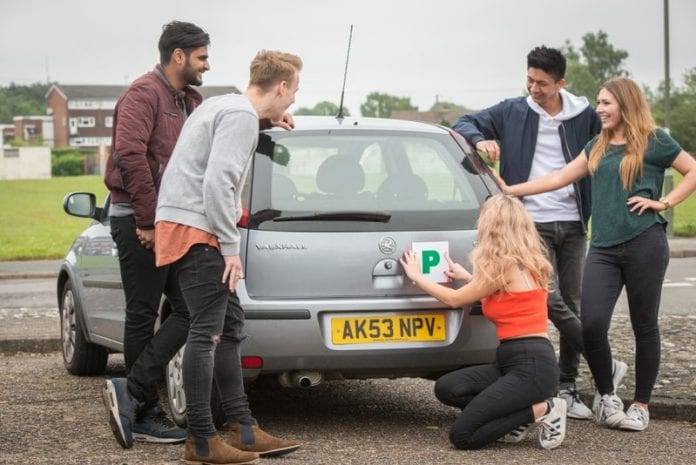Some cars have a hidden past. There could be mechanical problems that aren’t obvious on a test drive. Maybe the used car you are thinking of buying has been in a bad smash. Perhaps the seller still owes the finance company, or maybe the car has been stolen. There’s more to any used car than meets the eye. That’s why an MOT history check is so important.
MOT check
It’s easy to make an MOT history check. You just need the car’s registration number. Then go to the history check section of the gov.uk website. Type in the reg number and you’ll find out if the car has a valid MOT, which proves the car was safe and roadworthy on the date of the test. You’ll also have the car’s test results going back as far as 2005 (if it’s old enough).
The really useful bit isn’t just whether a car passed or not. You’ll be able to see whether it failed first time and needed repairs to make the grade. You’ll also find if there were any ‘advisories’. These are issues with the car that aren’t serious enough for a fail, but which will need attention at some point. These could include minor oil leaks or corrosion to the bodywork.
After you’ve had a read of the MOT history, click on the heading ‘Outstanding vehicle recalls’. This will show if the car needs urgent safety work carried out because of a recall by the car maker.
History check
The MOT history check will tell you a lot about a car, but not the whole story. Search ‘car history check’ for a list of companies that will dish the dirt on any car’s past. The exact service varies from company to company, but a history check will normally answer these questions:
· Has the car been stolen?
· Is the car a write-off (has it been damaged beyond economic repair)?
· Does the car have any outstanding finance, which could lead to the car being repossessed?
· Has the registration number been changed?
It’s likely that the MOT history will also be checked, although this is simple enough to do for free.
Check if the history check company guarantees its data is accurate, so you can claim any money you lose if the check fails to uncover something important.
Checks in person
An online MOT and history check will cover a lot of ground, but it’s still important to check the paperwork that comes with a car. Make sure the Vehicle Identification Number (VIN) on the V5C logbook matches the VIN on the car at the base of the dashboard and on the driver’s side door. If the numbers don’t match, walk away – there’s something dodgy going on.
When buying from a private seller, make sure the name and address on the V5C document matches the name and address of the person you are buying from. If not, the car could be stolen, or you could be talking to a dealer pretending to be a private seller to dodge their legal obligations.
Take a thorough test drive and look over the car carefully before you commit to buying it.
If you make these in-person checks carefully, along with an MOT history check, you can buy with confidence.



